Death of Diego
Sometimes from the ashes of tragedy springs the most incredible street art. Belfast and Kyiv are examples of this, but perhaps more than anywhere is Colombia’s capital city of Bogota.
In 2011, police caught 16 year-old Diego Felipe Becerra tagging under an overpass in Bogota. Scared of criminalisation, he tried to run but was shot twice in the back by a policeman.
Massive protests erupted throughout the city, and as the public’s anger increased, the police back-pedalled and a cover-up story was issued stating that Becerra was a suspected armed robber.
This led to condemnation of the killing from the United Nations Office for Human Rights. Furthermore, truth eventually prevailed when the autopsy report contradicted information provided by the two policeman involved which led to their dismissal from the force.
The decriminalisation of graffiti
The public uproar in Colombia was partly responsible for the government ultimately downgrading graffiti from crime to violation, to eventually where it is now – condoned and legalised.
People like Becerra no longer need to hide or flee from the police when they want to produce this type of public art, now they can spend time honing their skills as well as creating bigger pieces. This ability to expand and experiment with little fear of legal reproach has proved attractive for artists and resulted in a prolific growth of street art since 2011.
In a 180-degree move, the mayor of Bogota has even commission street artists to leave their mark across the city walls, paying large sums for murals of figures like the legendary writer Gabriel García Marquez.
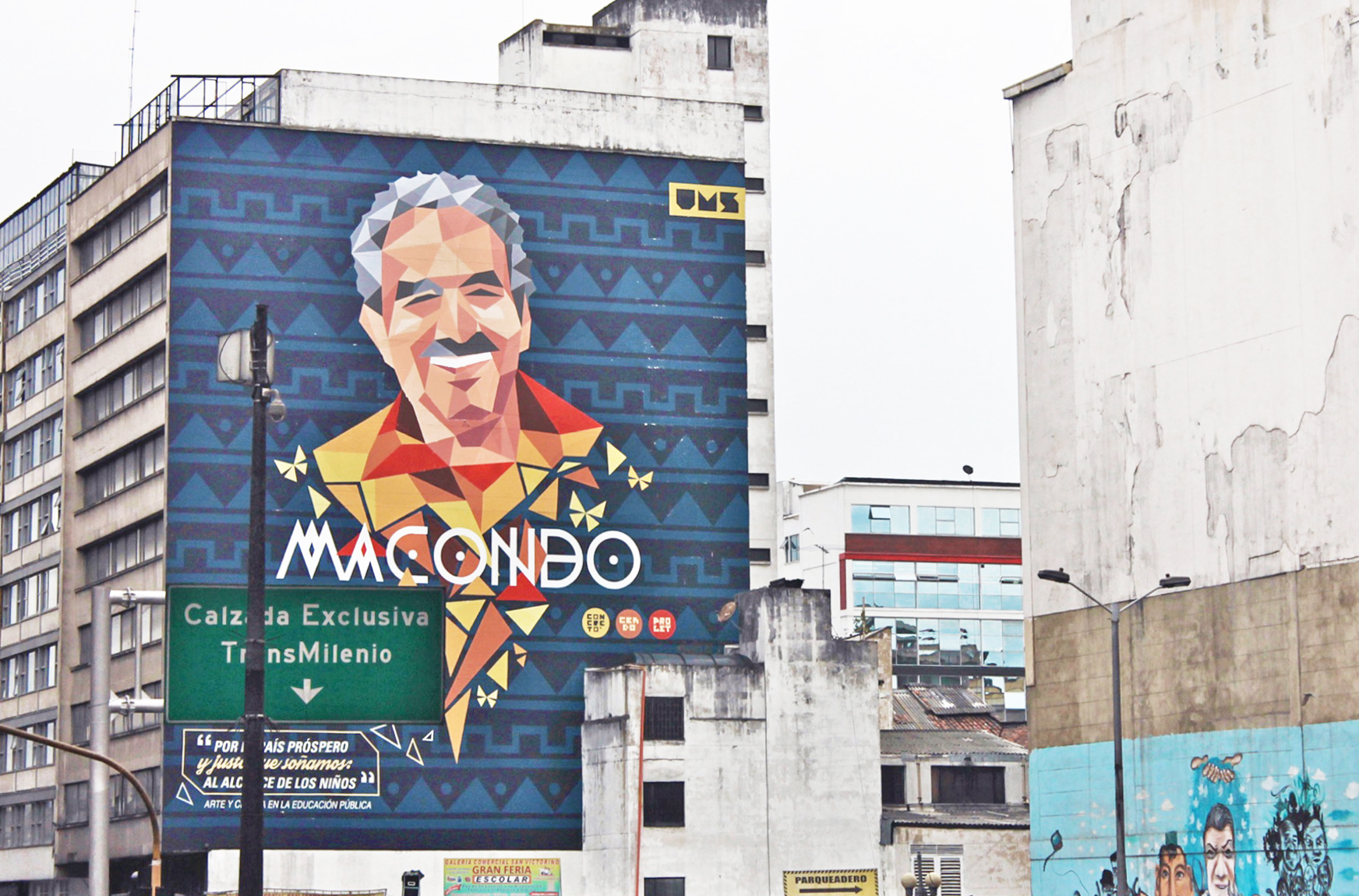 Wall mural of Nobel prize winning Colombian author, Gabriel Garcia Marquez.
Wall mural of Nobel prize winning Colombian author, Gabriel Garcia Marquez. Bogota’s most recognised street artists is Stinkfish whose work can be seen all over the world. He’s also one of the most highly sought-after Colombian artists and commands large fees for his projects these days.
His most iconic images are vast, yellow-faced human figures, which are based on photos the artist himself takes of people he meets during his travels.
A good number of international graffiti and street artists have visited the Colombian capital in recent years, including Blu, Alex Hornest, Claudio Ethos, Fin Dac, Seth Globepainter, JADE and BiP (Believe in People).
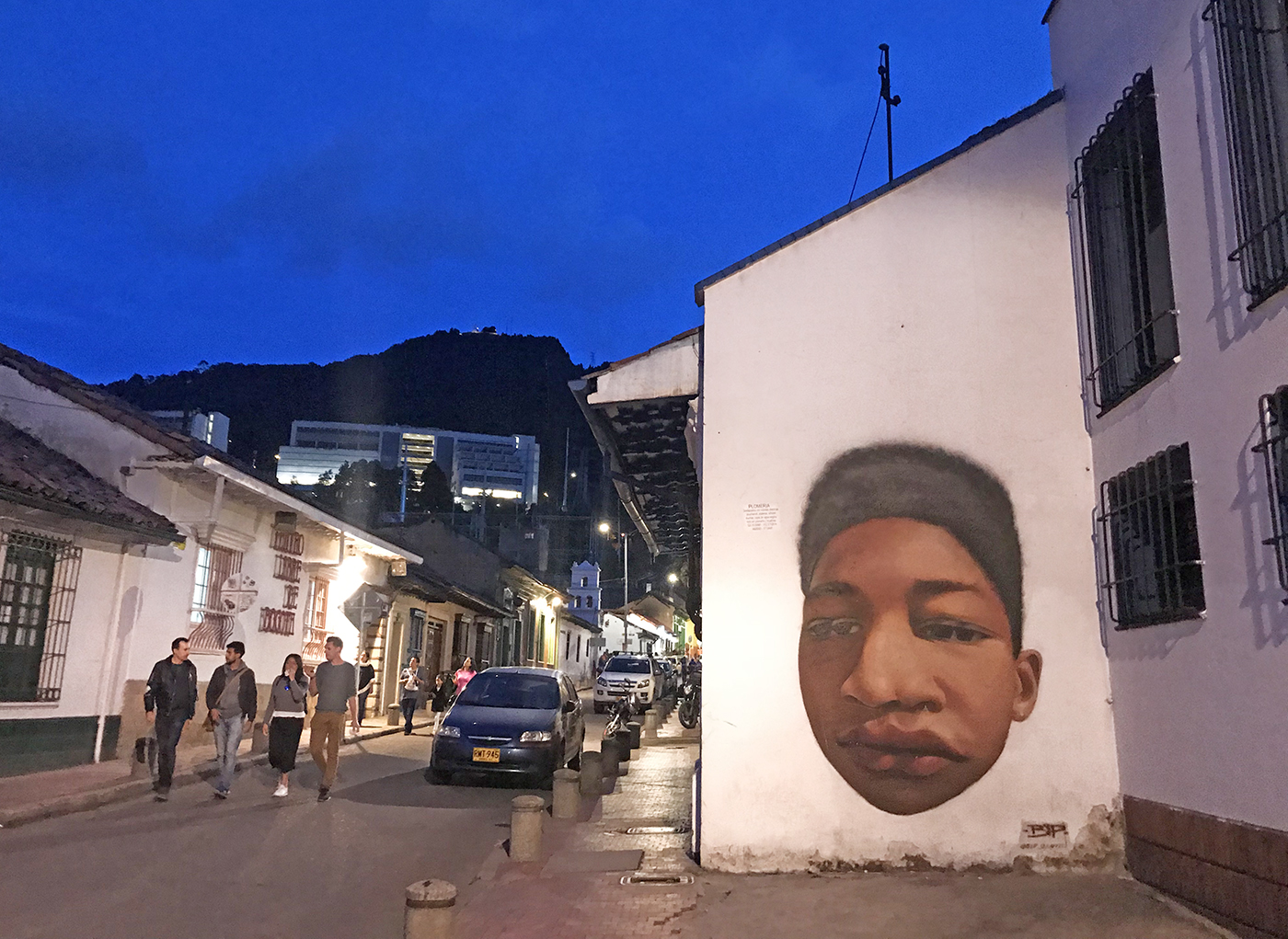
An expression of cultural and political views
Bogota’s street art precedes just a visual element, it reflects the city’s diverse yet tumultuous history. The subjects painted are often political. Women’s rights, loss of indigenous communities, corruption, the ‘war on drugs’ and climate change all feature prominently.
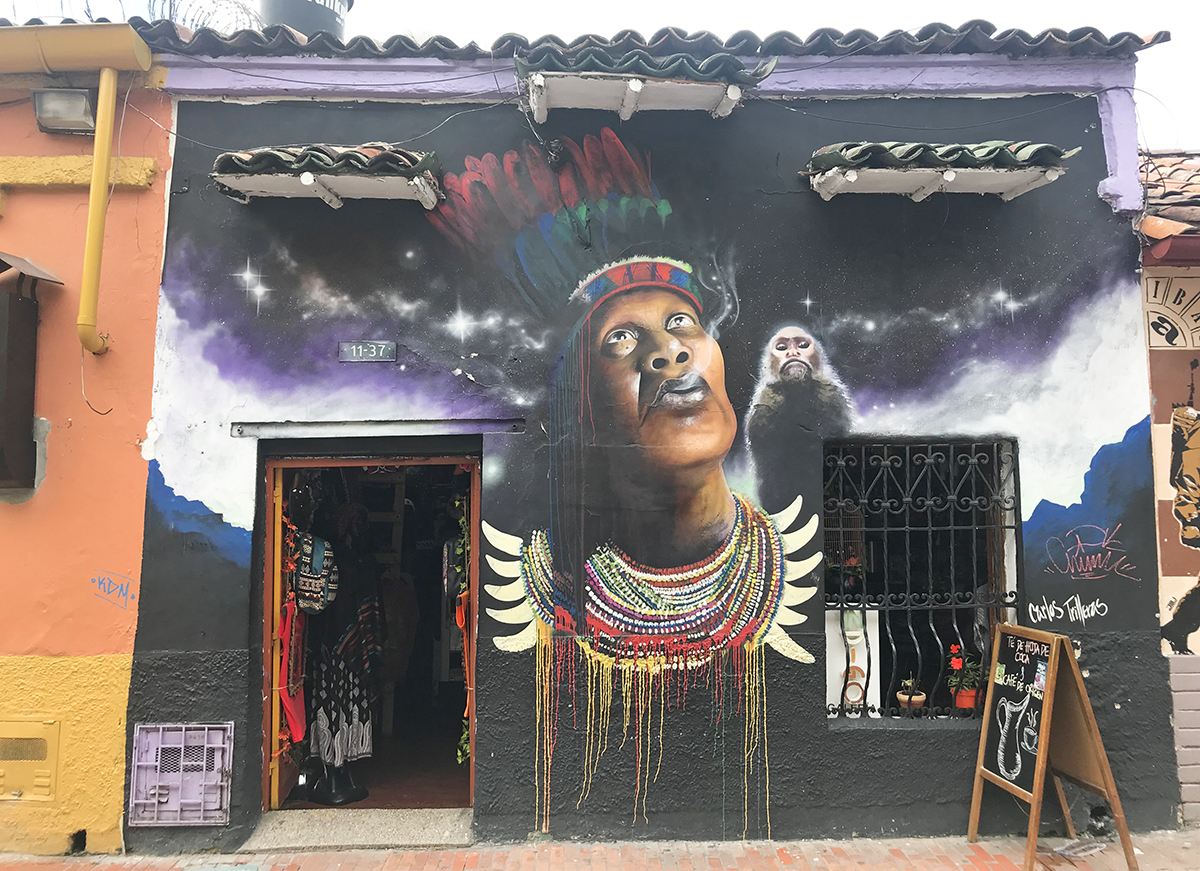
Searching for street art in Bogota
There’s literally street art on every corner in La Candelaria, the city’s historical centre, so you don’t really have to ‘search’ for it. Though, of course, some areas are more condensed and the standard varies.
I stayed in La Candelaria, which showcases some of the best work from local artists like Carlos Trilleras and LeDania, and international artists like Ciclope (Argentina), Kiptoe (USA), Kike (Argentina), Amazon (Brazil), and Ericailcane (Italy).
The art is spread throughout the area: on hostels, storefronts, parks, cultural institutes, and restaurants.
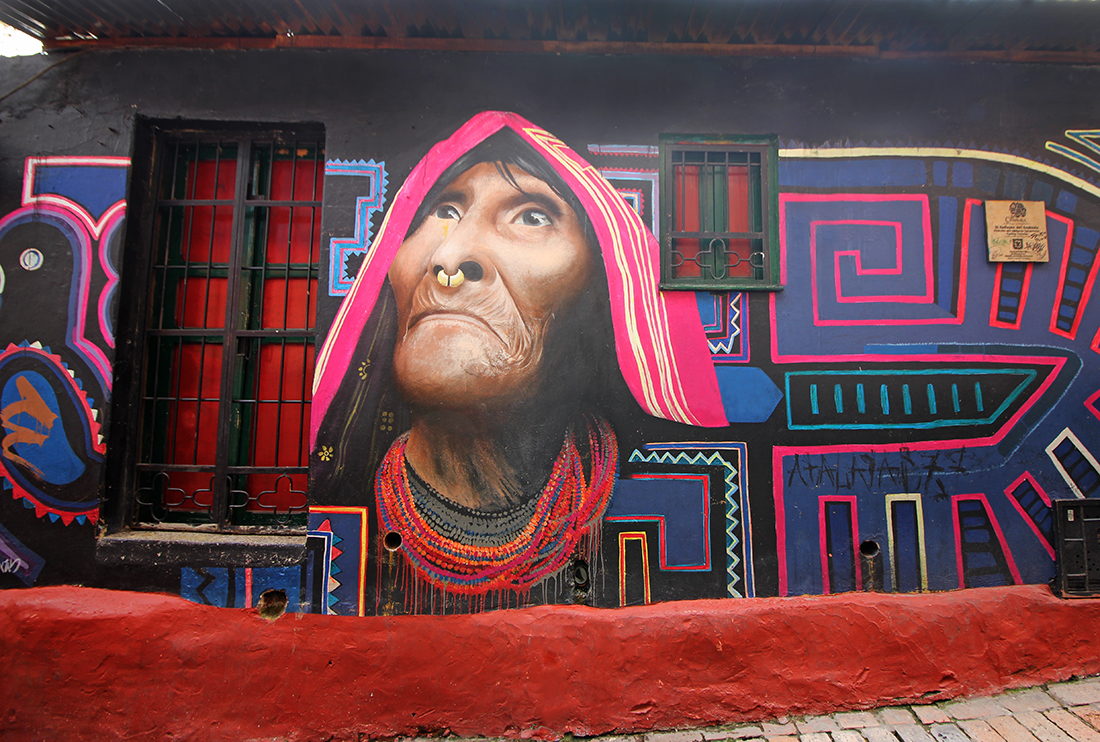
My favourite piece in La Candelaria depicts a portrait of an indigenous woman from the Wayuu tribe, known as the people of the sun, sand and wind.
Historically, the Wayuu people have been nomadic herders, relying on goat farming as a primary economic activity. The goats provide them with meat, milk, and hides. Fishing and small-scale agriculture also play a role in their subsistence.
However, like many indigenous communities in the Americas, the Wayuu people faced the impact of European colonisation, particularly by the Spanish.
The Wayuu people, however, fiercely resisted Spanish attempts at subjugation. Their semi-nomadic lifestyle and knowledge of the challenging desert terrain of the Guajira Peninsula made it difficult for the Spanish to fully control or assimilate them.
More recently, their fate and treatment has been similar to that of other indigenous groups over the world over. Their problems largely ignored and their traditional lands being stolen to be used for corporate interests.
The street art in Bogota often tells a story, so much of it reflects the indigenous cultures that their land rightfully belongs to. The murals reflect their ability to maintain elements of their cultural identity in the face of external pressures.
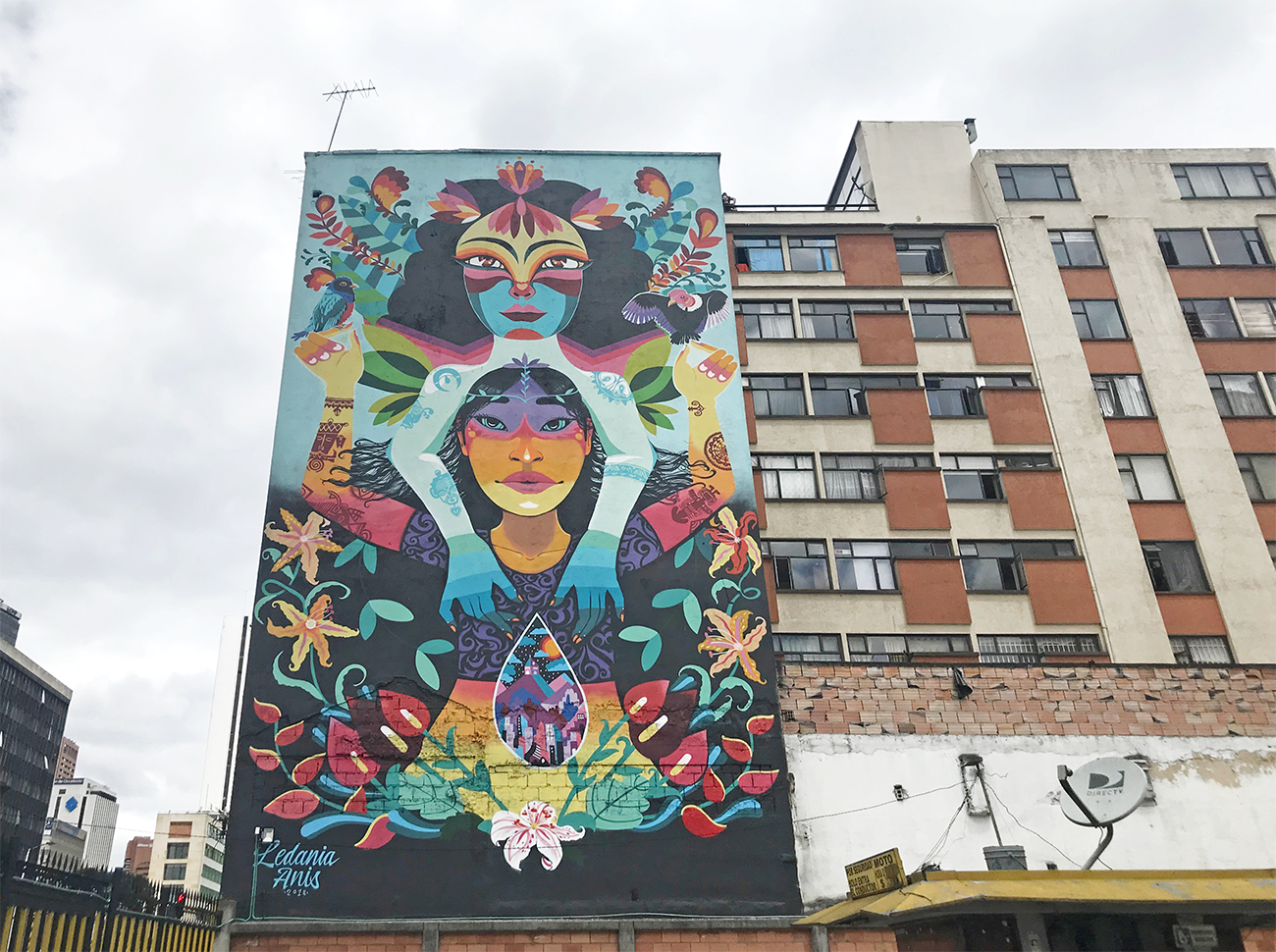
The Wayuu tribe are known for their impressive craftsmanship, particularly their skill in weaving. Women, in particular, are responsible for creating intricate mochilas, which are colorful handwoven bags. These bags have gained international recognition for their artistry, and you can buy them in various shops and market in Bogota.
An exploration of Bogota’s street art provides a visual gallery of the social and political concerns of the times.
Many serve to highlight the identity of the country’s indigenous cultures, to tell their story which has largely been ignored in the history books.
Visitors have the opportunity to book dedicated street art tours in Bogota. I didn’t join one since I already joined a walking tour that also highlighted several works by various street artists, but had I more time, it’s something I would like to have done.
Book a guided street art tour
Read more: How to spend two days exploring Bogota
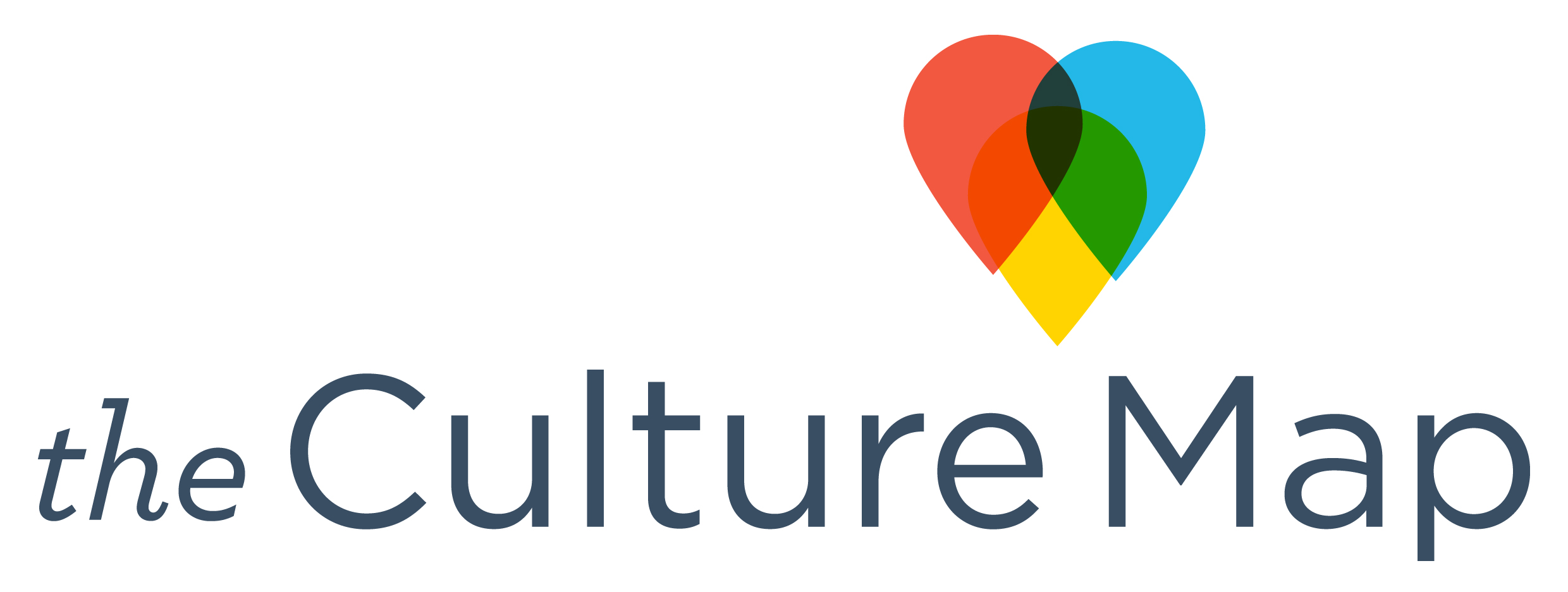
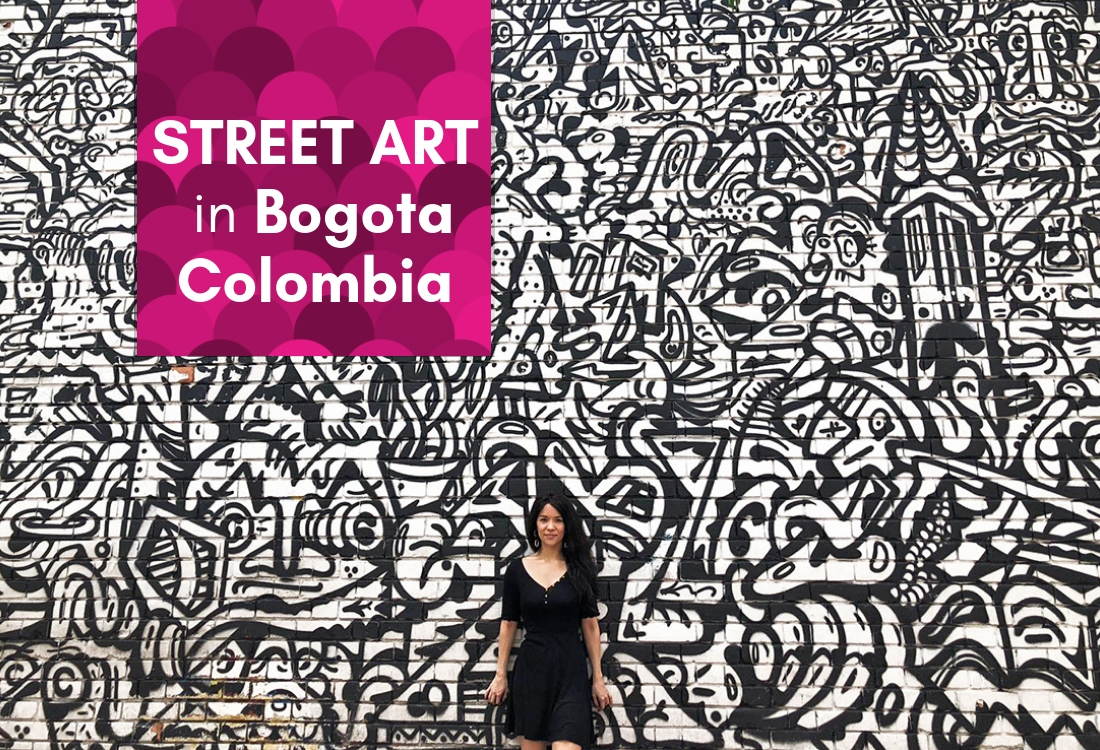
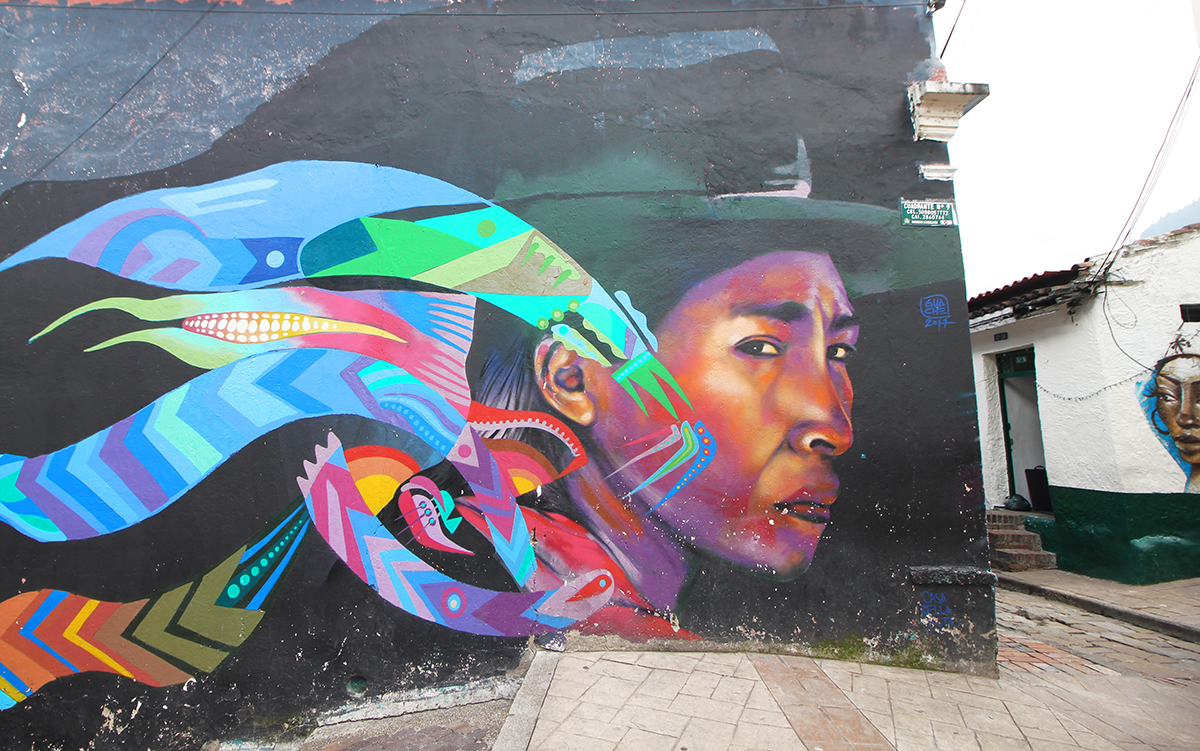
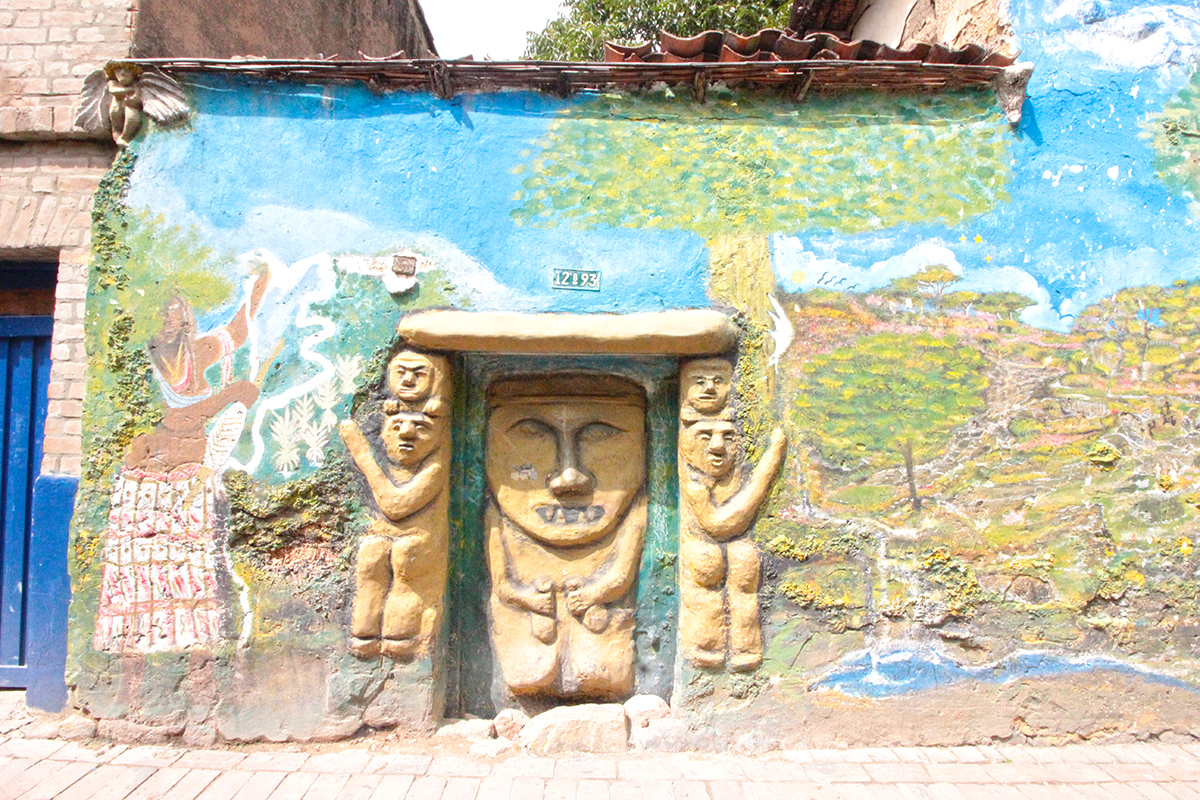
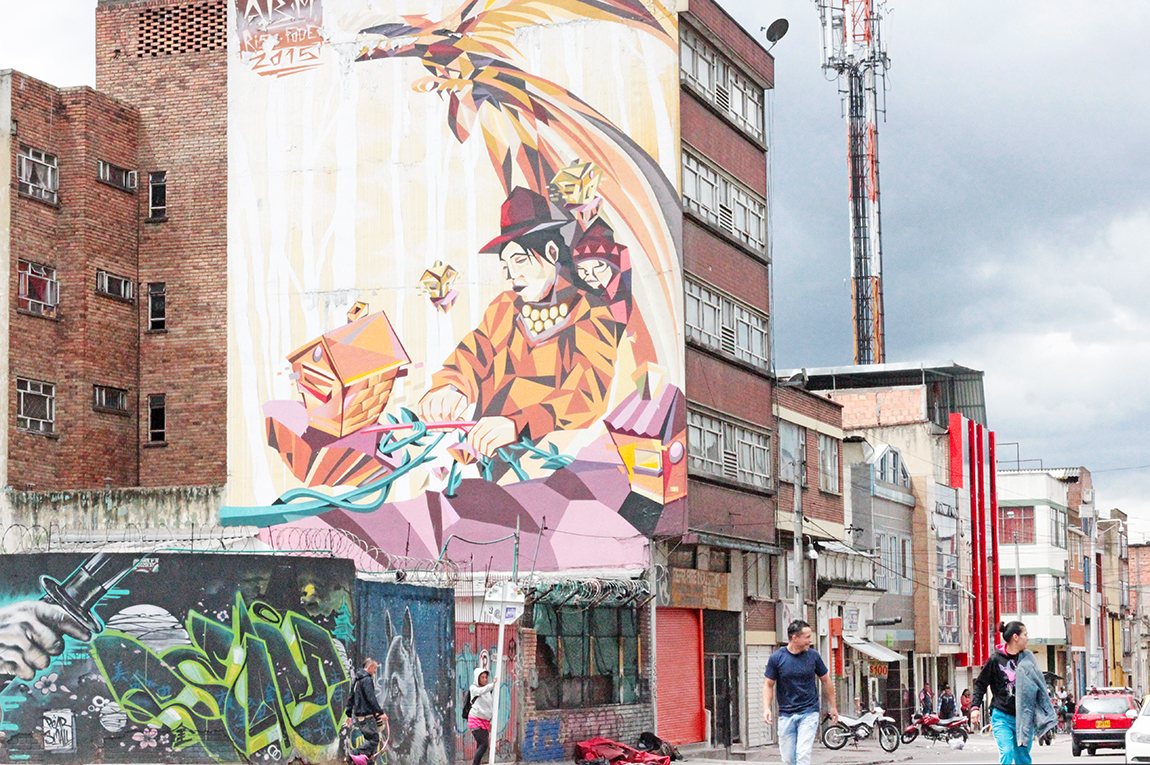
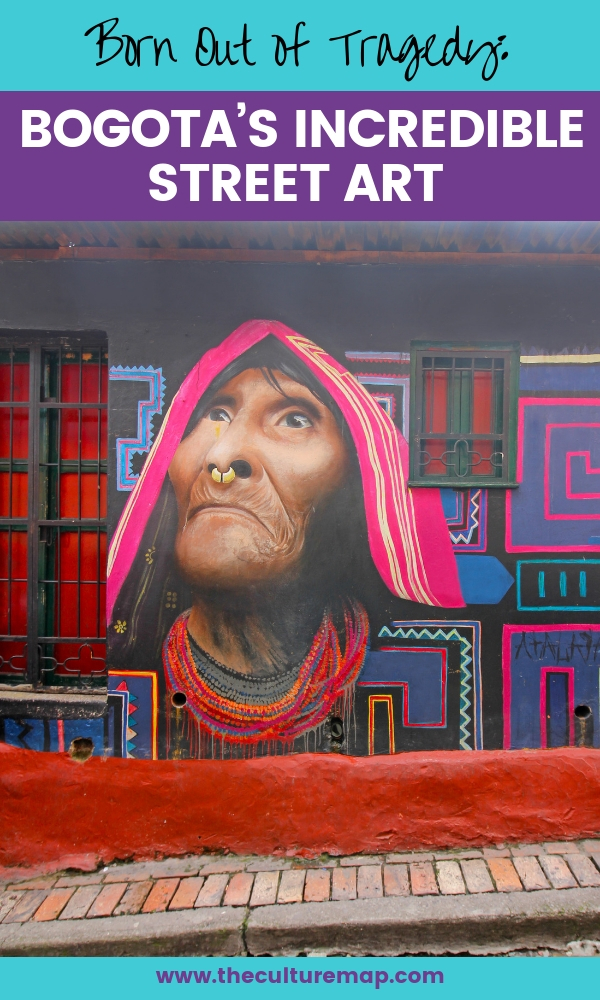

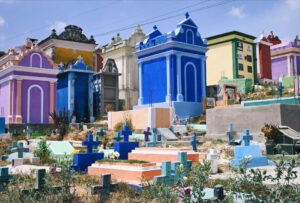
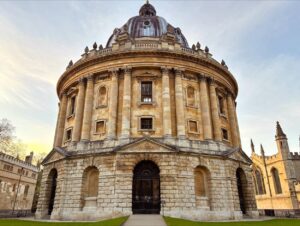
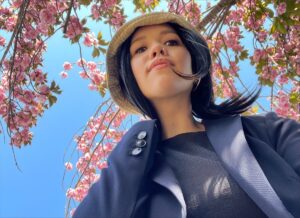
3 Responses
Bogota is one of the best for the street art! In my opinion the other two cities that are great for street art in SA are Valparaiso, Chile and Buenos Aires, Argentina
Hi Alex! Bogota really is one of the best cities for street art, eh? I’d love to go to Valparasio and Buenos Aires… they’re on my list! 🙂
Shing
Do you know if the decriminalization of graffiti has remained? Or if that has been repealed? Any idea who I would contact in Bogotá to discuss that?. Thank you.
Zachary